President Trump has used the public interest provision of the Executive Order governing classified information to release the House intelligence memo. The President should also release all the remaining withheld JFK assassination related information. The National Archives is still withholding information from approximately 23,000 documents related to the assassination of President Kennedy. Congress has found that the very strong public interest in this material requires it to be released to the public at the earliest moment. Yet the material is still withheld. We call on President Trump to release the withheld JFK related information, consistent with his actions in the case of the House intelligence memo.
Public Interest and the Release of the House Intelligence Memo
President Trump has used the public interest provision of the Executive Order governing classified information to release the House intelligence memo. The President should also release all the remaining withheld JFK assassination related information. The National Archives is still withholding information from approximately 23,000 documents related to the assassination of President Kennedy. Congress has found that the very strong public interest in this material requires it to be released to the public at the earliest moment. Yet the material is still withheld. We call on President Trump to release the withheld JFK related information, consistent with his actions in the case of the House intelligence memo.

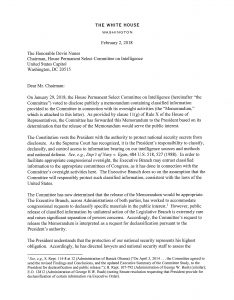
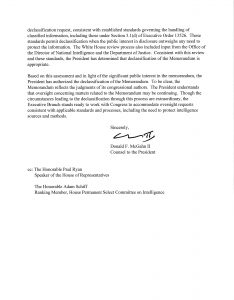
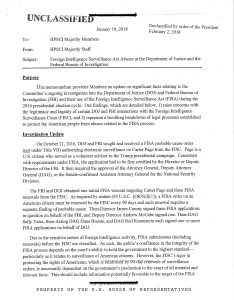


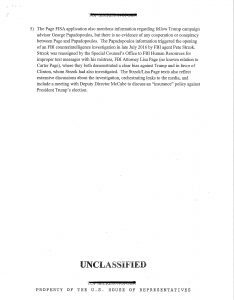
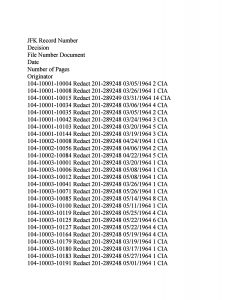
 26 January, 2018|PBS NEWS HOUR
26 January, 2018|PBS NEWS HOUR


